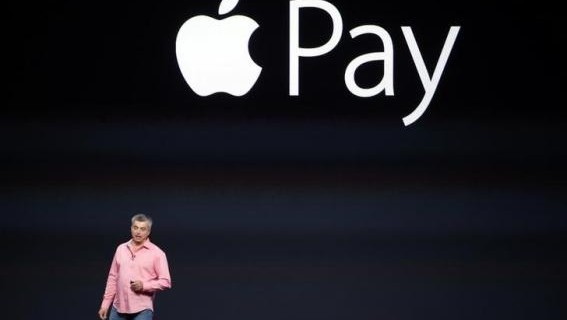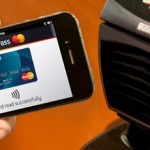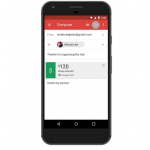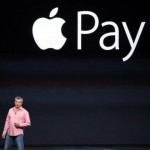Apple Pay dominates mobile payments

Just a few years ago Apple Pay was a vague hope, a chance for Apple to diversify its burgeoning Services business, which was app and iTunes heavy. Today, according to new survey data released by Boston Retail Partners, Apple Pay is not only booming, it’s the mobile payments standard, surpassing PayPal, which had nearly a decade headstart. This, despite a much smaller market share than Android, and this despite continued ignorance as to the very existence of Apple Pay among consumers.
Undoubtedly, Apple Pay will be good for Apple. It may also be good for retailers.
From worst to first
Apple Pay got off to a slow start, but it has been exploding over the last two years. In October 2016, Tim Cook noted that September’s Apple Pay transaction activity was up 500% and surpassed all of fiscal year 2015…combined. While some data suggests Apple Pay interest has slackened since its 2014 launch, this data almost certainly reflects an early surge of interest at the launch of Apple Pay, followed by a maturing, growing base of committed, active users.
While those users may have struggled to find retailers that accept Apple Pay in the past, this is no longer the case. As the Boston Retail Partners’ survey indicates, roughly the same percentage of retailers now accept Apple Pay (36%) as accept the consumer-unfriendly EMV (“chip and dip”) cards (37%). More importantly, for Apple, that 36% exceeds the percentage of retailers that accept rival mobile payment systems like Android Pay (24%) or even PayPal, which launched in 2006—eight years before Apple Pay:

Boston Retail Partners
Also important, Apple Pay is expected to hit nearly 50% market penetration of retailers by the end of 2017. With that kind of coverage, Apple Pay should further plump the high-margin Services revenue Apple increasingly depends upon.
Finally a standard
All of which is great for Apple, of course, but it’s arguably good for retailers, as well. Andreessen Horowitz partner Benedict Evans has posited that Apple Pay is “much more about driving repeat iPhone purchases” than about changing the payments industry, and that may be Apple’s true motivation. The collateral benefit, however, is very much to make retail much more flexible.
Back in 2012, ZDNet’s Heather Clancy rightly lamented the fracturing of mobile payments into a horde of competing “standards,” ultimately concluding, “[I]t is far too soon for retailers to place their bets on any single platform.” This sentiment still rings true, but not for long.
It may be presumptuous for Apple to lay claim to a mobile payments standard, given that it hovers at roughly 30% market share (in the US), with Google’s Android consuming most of the rest of the market. But Apple customers tend to have more disposable income and use Apple Pay far more than Android users turn to Android Pay. This makes them a more attractive target for retailers to support, and it also paves the way for Apple to eventually open up Apple Pay to Android devices, much as it has done with iTunes.
Once this happens, it has the potential to turn retail on its head.
According to Boston Retail Partners’ survey data, retailers are already planning to rethink how they do business, both in terms of how they identify with customers and how they enable the shopping experience, with Apple Pay supporting this shift:
- 75% plan to use Wi-Fi to identify customers with their mobile devices in the store by the end of 2019
- 80% will suggestive sell based on previous purchases within three years
- 89% will offer mobile solutions for associates within three years
- 84% will use mobile POS within three years
The first two bullets suggest an aggressive use of consumer data to target in-store marketing, with the latter two articulating a more fluid in-store experience. Given Apple’s consumer-friendly privacy stance, odds are good that Apple will influence, if not dictate, how these desires will play out in practice. As JCPenney omnichannel director Lance Thornswood said, “Apple doesn’t want 2016 to be like ‘1984’ any more than they wanted 1984 to be like ‘1984.’”
With a third of retailers embracing Apple Pay, and a rapidly rising percentage of iPhone users turning to the service, Apple’s future Services revenue looks bright. But because Apple will both enable retailers to reach customers in new ways, while guarding their privacy (thereby encouraging even more adoption), Apple’s dominance of mobile payments promises to be good for retailers (and consumers), as well.
Source: TechRepublic




























